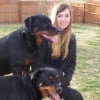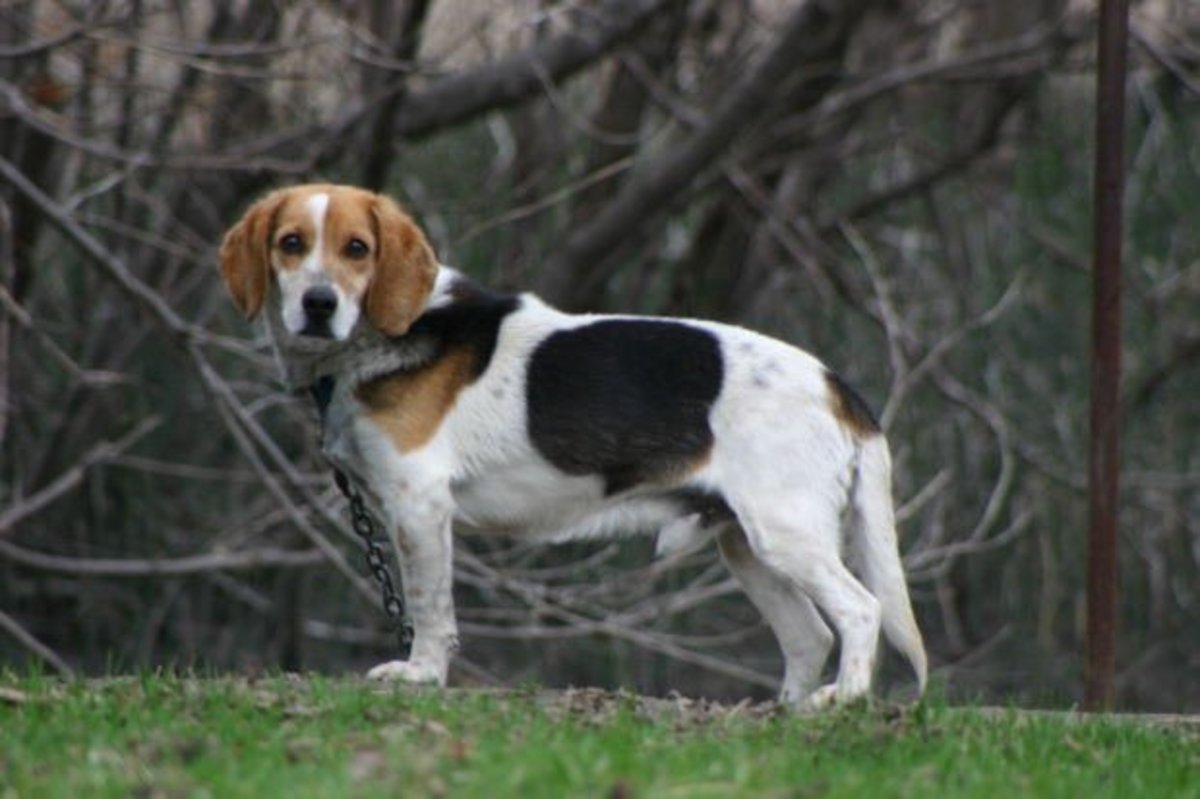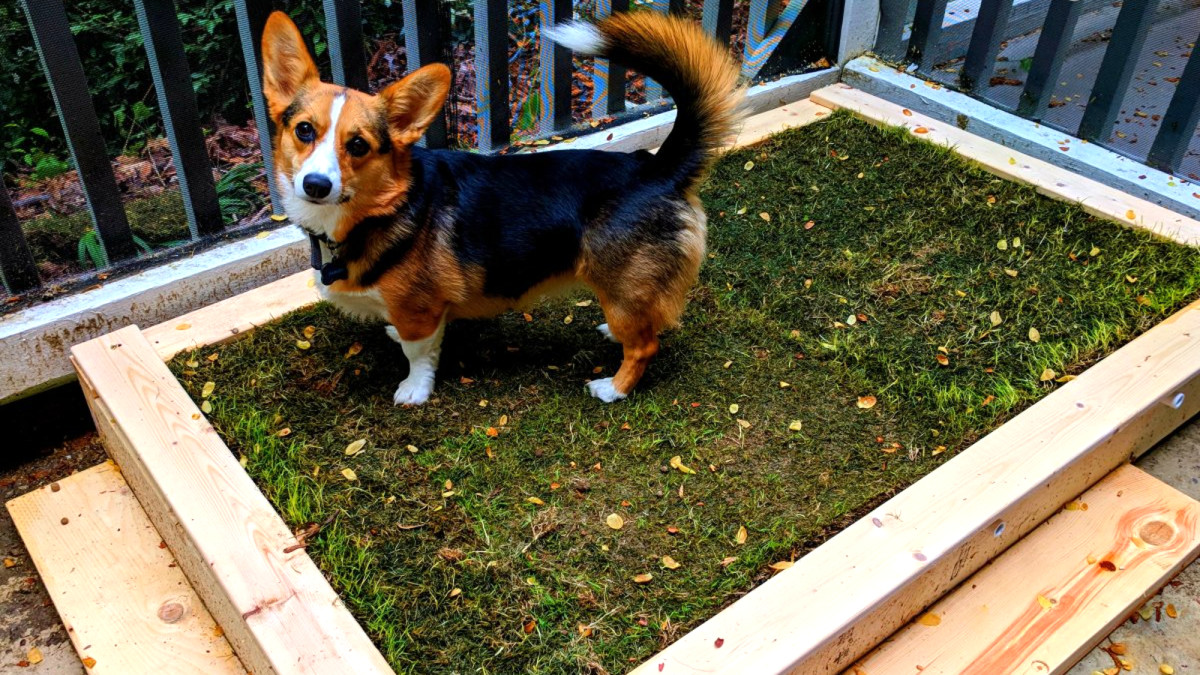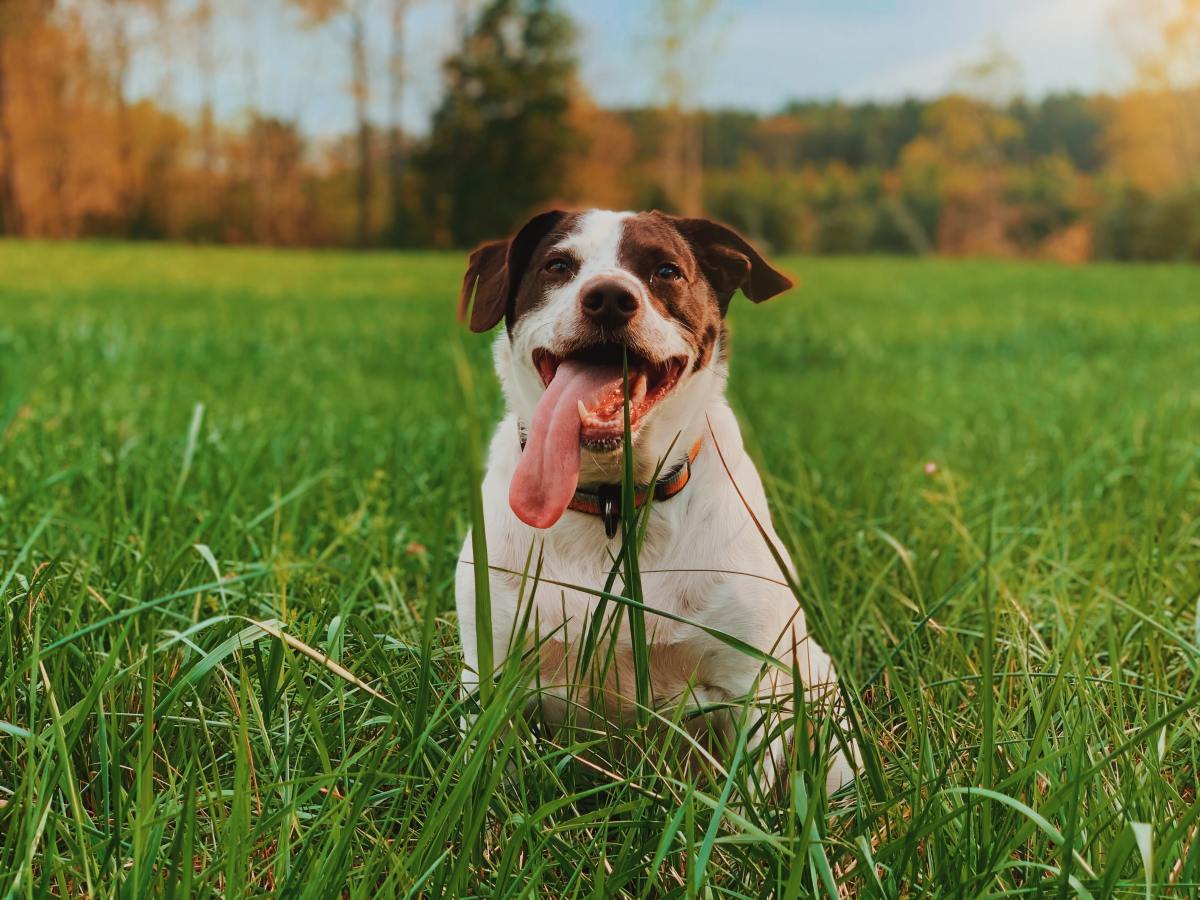Dog Training: How Do You Scent Train a Dog?
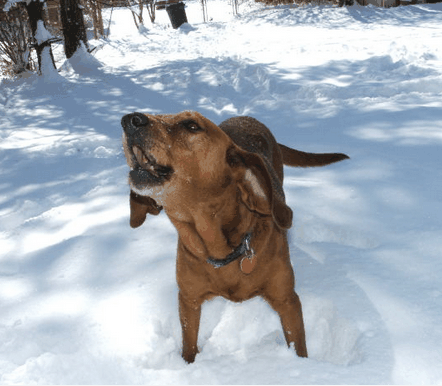
An Introduction to a Canine's Nose
Equipped with more than 220 million olfactory receptors ( humans have only 5 million) a dog's nose is quite a work of art. Did you know a smell can be remembered for the rest of the dog's life? That sniffing is one of the most tiring activities for dogs? That a dog can smell one teaspoon of sugar in a swimming pool filled with water?
If you want to celebrate a dog's sense of smell and put it to work, while keeping your dog happy, there is no better way than introducing him to sports where the nose is king. Almost, any dog can be taught to track smells as this behavior comes naturally (raise your hand if your dog never sniffed something!) and most dogs love putting their nose to work when given the opportunity! Ever had a dog drag you to go sniff a spot?
Want to learn the difference between tracking and trailing? Wondering what K9 nose work is all about? Curious how a dog is trained for search and rescue? You are at the right place! There are a variety of sports revolving around dog's nose. Familiarizing with these sports may be helpful if you are interested in engaging your dog in one of them. Of course, this is only an overview as training for these specialties takes a loot of time and effort.
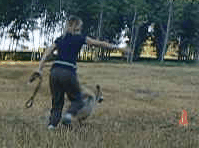
Great tools for tracking smells!
Canine Nose Work
Objective: Canine nose work is a relatively new sport which relies on a dog's natural desire to hunt along with their fondness for toys, food and exercise. Its objective is to have dogs search, hunt and find. Dogs are crated and work one at a time in this competition.
How to Train For Canine Nose Work
To start training for K9 nose work all that is needed is a a flat buckle collar or harness, a 6-foot-long leash along with six cardboard boxes and rewards under the form of toys and treats. The treat is hidden in one of the boxes while a handler holds the dog. The dog is then sent to 'hunt" the boxes. When the dog finds the treat, he is rewarded with more treats.
Competing in Canine Nose Work
In canine nose work competitions the dog is asked to search specific scents including birch, anise, and clove. To compete in canine nose work a dog must first pass an Odor Recognition Test (ORT). During this test, the dog must demonstrate the ability to find the box with the scent among twelve boxes displayed in two rows of six in under three minutes.
Once the ORT is passed, the dog may then compete in the following trials:
- NW 1— The dog must discriminate odors and search only for Birch and ultimately reach the source of the odor.
- NW 2—The dog must search for Birch and Anise but may not be able to reach source of odor
- NW 3—The dog must search for for Birch, Anise and Clove but may not be able to reach source. The dog must be also able to alert.
For more information visit the National Association of Canine Scent Work
Tracking, Trailing, Air Scenting
Often both these terms are used interchangeably, but in reality, they are different.
Tracking: the dog is sent to trace a track. The dog follows the path by paying attention to the mechanical action of footwear on soil. Stepped on grass develops specific aromas which are captured by the dog's nose. The dog, therefore, focuses on following a track rather than following the scent of a specific person.
How to Train It:
You can start a dog in tracking by simply using some hot dogs or other smelly treats. Smash some pieces on the ground crushing the grass as well. With hot dog smell stuck under the shoe, walk a straight line dragging your feet on the grass. Every six feet drop a hot dog slice. After 20 feet drop an item such as a glove with a hot dog slice on top of it. Send your dog to track by letting him sit and holding him and then releasing him while saying "find it". As your dog gets good at this, make the tracks longer, add sharp turns, curves, etc.
Trailing: the dog is sent to find a specific individual. Minute particles of skin cells, sweat and human tissue are detected and traced by the dog. These particles heavier than air tend to deposit close to the ground or on the foliage. This causes the dog to have its nose typically to the ground as it follows the scent. To help with scent discrimination, often dogs are given an item that smells like the missing person before being scent in the search. The dog must learn to ignore other smells in the field. Trailing is mostly used for search and rescue.
How to train it:
The process is similar to tracking, only that the dog is exposed to an item that smells like the person missing and then is sent to follow a trail of smells that leads to the person missing. The objective is for the dog to learn how to discriminate smells of other people and follow the trail left by the specific person. This requires the dog to work methodically.
Air Scenting
In air scenting, the dog does not specifically follow a track of stepped on grass, nor a trail of dead skin particles, but rather it mostly analyzes scents wafting through the air. The dog works off leash and often works on large areas out of sight. The dog must bark to alert he has found the person.
How to train it:
I had the pleasure of working with a search and rescue instructor in Italy last summer. The dogs wore a special vest and had a small bell on their collars. They were started in small areas at first and then progressed in larger areas.
The first step was to train the dog to bark on command. This was accomplished by showing the dog a piece of Tupperware filled with dog canned food. The food was then abruptly hidden behind the back. A little bit of teasing, showing the food and then quickly hiding it behind the back helped encourage dogs reluctant to bark. Prevented from having the food, the dog often engaged in frustration barking. The moment thew dog barked he was given the food.
A person was then sent to hide in the woods with the Tupperware filled with food with the dog watching. The reason the food was kept in Tupperware was to prevent too many food odors from escaping. The dog was then unleashed and sent to search using the command "find it". Initially, the person was hiding in small areas, easy to find to build the dog's confidence. Upon finding the person, he was encouraged to bark by showing the food and hiding it behind the back. As the dog got good at this, showing the food was no longer necessary to elicit the barking. Also, the dog was sent on blind searches, where he no longer got to see the person hide.
For further reading
- Dog Training: How to Shift From Compulsion to Reward...
Looking for kinder and scientifically approved training methods? Reap the benefits of training reward-based training methods for a better bond with your dog! - How to Train Your Scent Hound Dog to Come When Calle...
Learn effective strategies to polish your recall command with your scent hound. Also, understand why training these types of dogs can get so challenging at times! - How to Stop Your Dog from Running Away
It happens to many dog owners: they simply let their dog out and the dog acts as if he was just liberated from a lifelong sentence and takes off, totally oblivious to its owner's desperate calls. In other scenarios, the dog simply learns how to... - The importance of Sniffing in Dogs
Every dog owner knows that the act of sniffing plays a major role in their dog's lives. It could be your dog is simply sniffing that great apple pie you have in the oven or perhaps he is tracking some other's...
